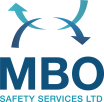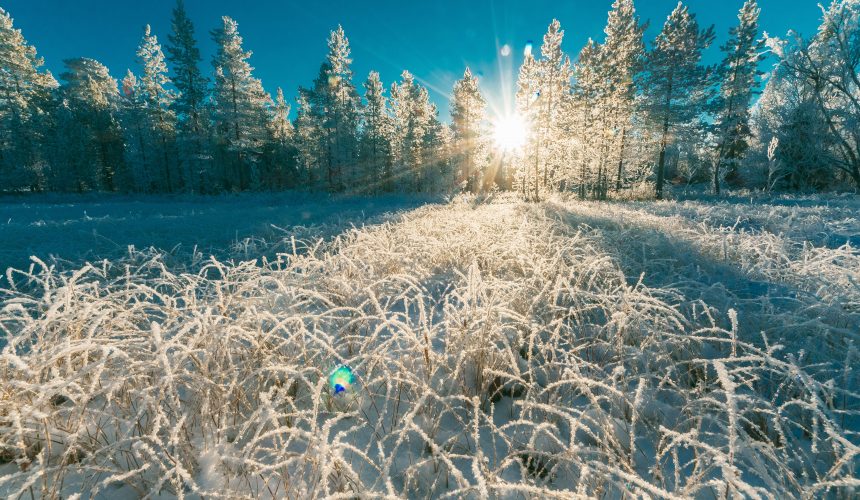As the colder weather approaches this can pose various risks to workers such as cold stress and slip and trip hazards. It’s important to take measures to help protect workers’ safety and wellbeing during this time whatever environment they may be in.
Employers should provide workers with the correct PPE particularly for those working outside in cold conditions. This will help keep workers warm whilst carrying out their tasks and non-slip footwear can also protect against slip and trip hazards. However, PPE should be removed once work has been completed as wearing this for prolonged periods can lead to heat stress as sweat struggles to evaporate from the skin’s surface.
Facilities can also be provided to help workers keep warm whether this be through setting up portable heaters around the place of work or offering warm food and beverages to staff. Any draughts should be reduced to prevent the cold from coming in, however adequate ventilation should still be maintained.
In some cases, flexible working patterns and job rotation can be incorporated to help prevent prolonged exposure to the cold. More frequent rest breaks can also be integrated into the work schedule to help with this. Depending on the type of work and the weather conditions, if work can be delayed this should also be considered, for example in heavy rain, snow or ice.
Workers should also look out for themselves and each other by being able to recognise the early signs of cold stress such as coming down with cold or flu like symptoms and muscle aches.
Particularly in outdoor environments lighting should be checked to ensure it is sufficient enough for workers to be able to see and avoid hazards. It is also useful to ask staff or to accompany staff as they carry out their tasks to ensure there is enough lighting for them to be able to carry out their work safely.
Fallen leaves can pose a potential risk this time of year as when wet they can become a slip hazard, but they can also hide hazards. Paths and walkways should be cleared to help prevent any hazards. As well as this, ensuring any newly paved areas are slip resistant. For example, for new sites, consider where pedestrians will walk around the site before laying down these paths.
During wet weather, building entrances can pose a potential slip risk as rainwater from outside is trodden in or dispersed through wet clothing or umbrellas. Laying down absorbent mats or installing non-slip flooring can prevent potential slips. If possible, the installation of a canopy above a site entrance can also help reduce the amount of rainwater entering the building.
When it comes to ice, frost and snow employers should identify the areas most likely to be affected by this and create potential hazards and how these can be managed, for example, in identifying areas most likely to be affected by these conditions. Keeping up to date with the latest weather conditions can help when it comes to making sufficient preparations.
One of the main ways to protect against icy conditions is to grit surfaces. It is suggested to grit early in the evening before frost settles and/or early in the morning before employees arrive. Ensure conditions are dry as heavy rain could wash away any grit that has been laid down. Dawn frost can occur on dry surfaces and it can be slightly harder to predict when this will occur, although gritting in the evening should protect against this.
Bearing these points in mind should help ensure your own safety as well as that of your employees or colleagues.

